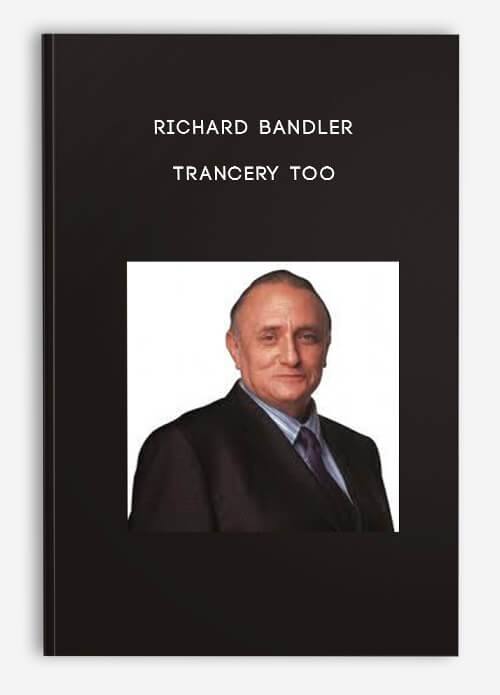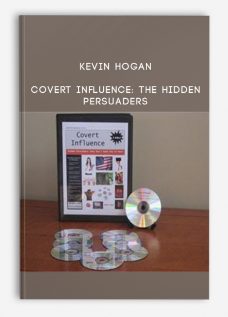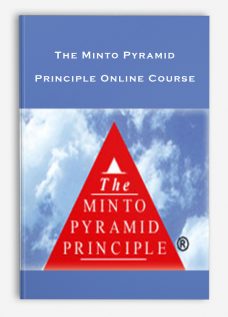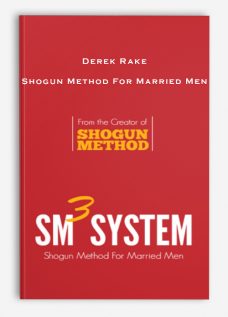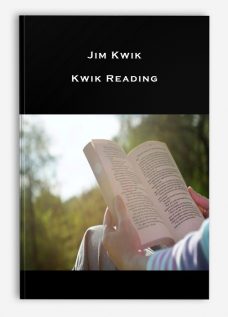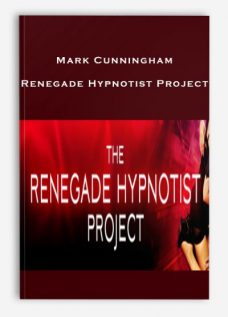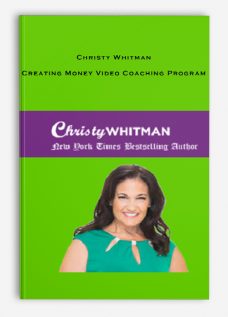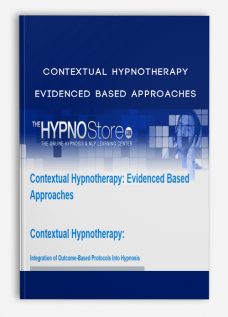Trancery Too by Richard Bandler
$17.00
Product Include:
File size:
- Description
Description
Trancery Too by Richard Bandler
**More information:
Get Trancery Too by Richard Bandler at bestoftrader.com
Description
Richard Wayne Bandler PhD D. LITT (born February 24, 1950) is a hypnotist, musician and the source of Neuro Linguistic Programming (NLP), Neuro Hypnotic Repatterning (NHR) and Design Human Engineering (DHE). His CDs are hypnotic journeys designed to teach and entertain. Dr Richard Bandler also known as the co-inventor (with John Grinder) of Neuro-linguistic programming (NLP), a collection of concepts and techniques–collectively referred to by Bandler as technologies–intended to understand and change human behavior patterns.
He also developed follow-up systems known as Design Human Engineering (DHE) and Neuro Hypnotic Repatterning (NHR).
Note that there is another Richard Bandler who is an editor of the conference proceedings of several technical conferences on neuro-physiology.
Co-founding of NLP
Richard Bandler was invited by the psychiatrist Robert Spitzer, to attend, record and transcribe a teaching seminar of family therapist Virginia Satir. He was later hired to assist Spitzer edit one of gestalt therapist Fritz Perls’ (who had recently died) books, The Gestalt Approach (1973) and to assist with checking transcripts for Eye Witness to Therapy (1973). According to Spitzer, ” came out of it talking and acting like Fritz Perls.” A student of mathematics, Richard began studying the work of Gestalt therapy. John Grinder, who came to observe, said to Bandler that he could explain almost all of the questions and comments Bandler made using transformational grammar, the topic in linguistics that Grinder specialized in. In 1974 Bandler and Grinder began to make a model of the language patterns used by Perls, Satir and Hypnotherapist Milton H. Erickson, which they published in their books The Structure of Magic Volumes I & II (1975, 1976), Patterns of the Hypnotic Techniques of Milton H. Erickson, Volumes I & II (1975, 1977) and Changing With Families (1976). These books formed the foundation of the field of Neuro-Linguistic Programming.
They developed a model for therapy and called it the meta-model. It became their first book, The Structure of Magic, Volume I (1975). Bandler was Gregory Bateson’s landlord, who taught at UCSC, Kresge College as did Grinder, and had moved to a community on Alba Road near the Santa Cruz mountains community of Ben Lomond. Bateson would have a profound influence on Bandler’s future, he introduced Bandler and Grinder to Milton Erickson, which formed some of the foundational models for Neuro-linguistic programming.[3] In 1975 Bandler then formed his own publishing company, Meta Publications, and published Patterns of the Hypnotic Techniques of Milton H. Erickson Volume I (1975).
Bandler and Grinder went on to author The Structure of Magic Volume II (1976), Patterns of the Hypnotic Techniques of Milton H. Erickson Volume II (1977) and Changing With Families (1976), which was co-authored with Virginia Satir herself.
Richard Bandler has also contributed to many of the models and techniques that are now taught in NLP. For example, meta model, Milton model, anchoring, swish pattern, reframing, belief change, nesting loops, chaining states, and submodalities applications.[citation needed]
Bandler also modeled Israeli physicist and founder of the Feldenkrais school of body work, Moshe Feldenkrais, and later published his book “The Elusive Obvious”. In many of his classes, he has taught elements of this form of bodywork which he modeled.[citation needed]
Since that time, Bandler’s career has focused on developing and presenting NLP and related concepts as an author, publisher, public speaker, and consultant. Audiences include individuals seeking life improvements, and businesses using these concepts and techniques to improve sales.
Richard Bandler is a co-founder with John Grinder of the field of Neuro-Linguistic Programming. A student of mathematics, Richard began studying the work of Gestalt therapy founder Fritz Perls when he was asked to edit transcripts of Perls’ lectures and workshops for the book Eyewitness To Therapy (1973) for Science and Behavior Books. He also began to work with family therapist Virginia Satir at this time.
Richard met John Grinder, a linguistics professor, as a student at the University of California at Santa Cruz. In 1974 Bandler and Grinder began to make a model of the language patterns used by Perls, Satir and Hypnotherapist Milton H. Erickson, which they published in their books The Structure of Magic Volumes I & II (1975, 1976), Patterns of the Hypnotic Techniques of Milton H. Erickson, Volumes I & II (1975, 1977) and Changing With Families (1976). These books formed the foundation of the field of Neuro-Linguistic Programming.
Richard Bandler
Richard is an author and co-author of numerous other books on NLP and its applications, including Frogs Into Princes (1979), NLP Volume I (1980), Tranceformations (1981), Reframing (1982), Using Your Brain (1985), An Insider’s Guide to Sub-Modalities (1988), The Adventures of Anybody (1993), Time For a Change (1993) and Persuasion Engineering(1996).
Much of Richard’s later work in NLP has focused on applications of submodalities, the subtle distinctions one can make in one’s sensory experience and internal representations. His background as a musician and his interest in sound theory and the neurological impact of sound lead him to develop the area of Neuro-Sonics, which utilizes qualities of music and sound to create specific internal states. Richard is also the founder of the model and techniques of Design Human Engineering (DHE).
In addition to his creative genius, Richard is known for his sense of humor, his ability to use sophisticated language patterns, and his dynamic training style.
Discover how many more good feelings are just waiting for you to generate them.
Learn how to make more good feelings. The truth is that the best feelings you’ve ever had are only a fraction as good as what your body is capable of feeling.
Discover how many more good feelings are just waiting for you to generate them.
For other nlp selections like this, you can also search this site for: tape, nlp audio tapes, hypnotic, trance
Many of these products may contain adult language.
NLP online course
So what is NLP?
NLP stands for Neuro-Linguistic Programming. Neuro refers to your neurology;
Linguistic refers to language; programming refers to how that neural language functions.
In other words, learning NLP is like learning the language of your own mind!
NLP is the study of excellent communication–both with yourself, and with others.
It was developed by modeling excellent communicators and therapists who got results with their clients.
NLP is a set of tools and techniques, but it is so much more than that.
It is an attitude and a methodology of knowing how to achieve your goals and get results

